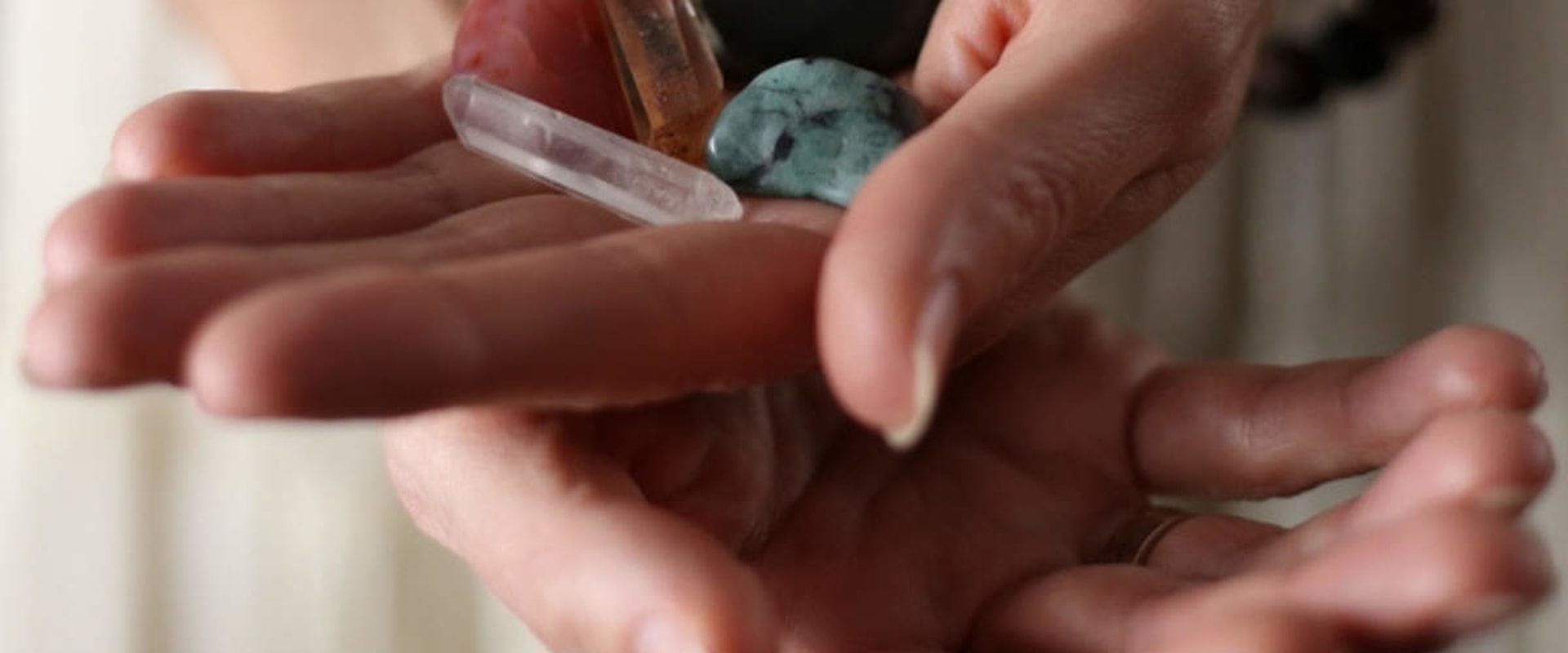Scientists often describe crystals as if they were alive, growing in underground cavities through atoms that connect in regular three-dimensional patterns. Each crystal starts small and grows as more atoms are added, often in waters rich in dissolved minerals. However, this is not a condition exclusive to water; crystals can also grow from molten rock or even smoke. Under the influence of temperature and pressure, atoms combine to form an amazing variety of crystalline forms, which has attracted scientists to the study of minerals for centuries. According to the old Garbage In = Garbage Out rule, a crystal structure is only as good as the glass used for data collection.
So it's worth spending time to improve the quality of your crystals. Although growing crystals is more of an art than a science and luck is an important factor, there are some things to do and others not to do. The following paragraphs mention some of the most important ones. First, some theoretical background on crystallization. Crystallization is preceded by nucleation, which occurs spontaneously or is induced by vibrations or particles.
If nucleation occurs too quickly, too many crystals that are too small will grow. The following figure shows an equilibrium diagram of crystallization from a solution. For a diffraction experiment, no more than one good single crystal is needed. The best way to grow a few beautiful crystals, unlike many bad crystals, is to slowly shift the concentration toward the nucleation area, without going too deep into it. The formation of cores (not too many) and the initial crystallization will reduce the concentration and return the solution to the region of supersaturation.
This is where existing crystals grow, but no new nuclei form. You want to keep your system there. That means that all changes to your system must be slow. Not all crystals form in water; some crystals can form in an element called carbon. However, all crystals form in the same way; atoms come together and become a uniform cluster. The process can take anywhere from a few days to maybe a thousand years.
Natural crystals that come from Earth are formed in the same way; these crystals formed more than a million years ago inside the Earth's crust. They occur when the Earth's liquid consolidates and the temperature cools. Other crystals form when liquid crosses crevices and dispenses minerals to the crevices. This configuration can be quite rare, since the old transparent crystal can also continue to grow and form a new layer of quartz, leaving a ghostly or shadowy spectrum of the other crystal below the surface. For example, selenite crystals larger than 10 meters are found in the Cueva de los Cristales in Naica, Mexico. In the last block of ice, each of the small crystals (called “crystallites” or “grains”) is a true crystal with a periodic arrangement of atoms, but the entire polycrystalline does not have a periodic arrangement of atoms because the periodic pattern breaks at the boundaries of the grains. For those who love the idea that crystals are born from Earth for millions of years, the crystallization that occurs underground is very exciting.
Another interesting element of crystal growth is that there are no restrictions on the size a single crystal can grow; then if supported by its environment, it will start to grow again and essentially swallow up any other existing crystal. For example, a perfect diamond crystal would only contain carbon atoms, but a real crystal could also contain some boron atoms. Other less exotic methods of crystallization can be used depending on physical properties of substances including hydrothermal synthesis, sublimation or simply solvent-based crystallization. There are many things that can affect the creation of crystals from environment to temperature and how atoms are organized which can affect light different colors and texture of crystal. Crystallography is science that measures crystal structure (in other words atomic arrangement) of crystal and you can often see characteristic symmetry with naked eye but if crystal is very small then magnifying glass or microscope is convenient instrument. Very small holes reduce maximum resolution at which glass diffracts larger holes destroy glass this also makes it difficult place for crystals to grow and means many crystals end up breaking or cracking in process.
